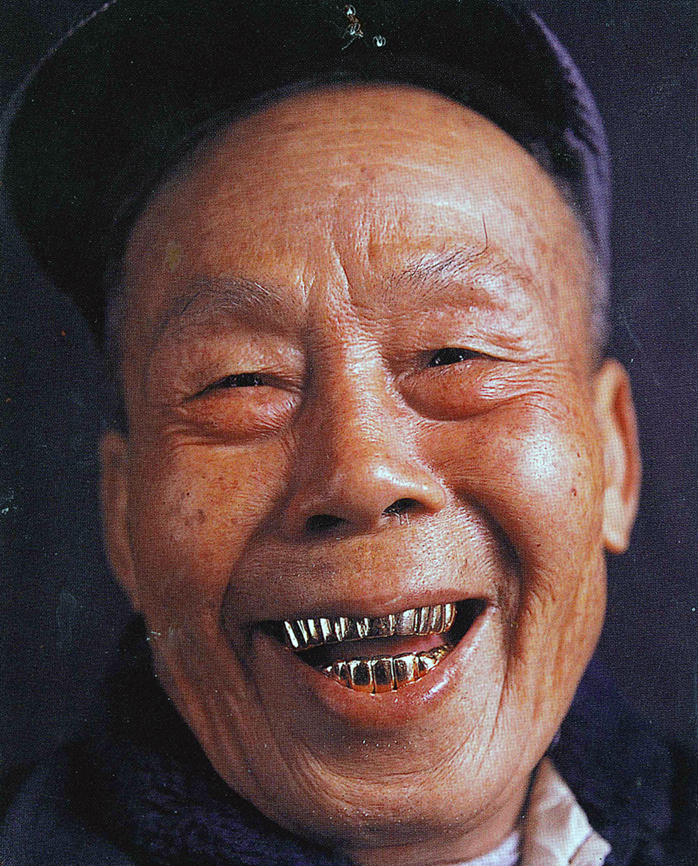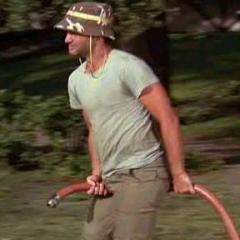IGNORED
My Swing (Jetfan1983)
-
Topics Being Discussed Right Now on The Sand Trap
-
"5 Minutes Daily" Practice Challenge 1 2 3 4 838
By iacas, in Instruction and Playing Tips
- 5 minutes daily
- dedication
- (and 6 more)
- 15,067 replies
- 907,546 views
-
How to Remove Verdigris From Black Burner 2.0 Irons....
By true0gre, in Clubs, Grips, Shafts, Fitting
- 3 replies
- 195 views
-
- 1,207 replies
- 157,398 views
-
- 35 replies
- 3,109 views
-
- 6,568 replies
- 253,103 views
-






Recommended Posts
Create an account or sign in to comment
You need to be a member in order to leave a comment
Create an account
Sign up for a new account in our community. It's easy!
Register a new accountSign in
Already have an account? Sign in here.
Sign In Now